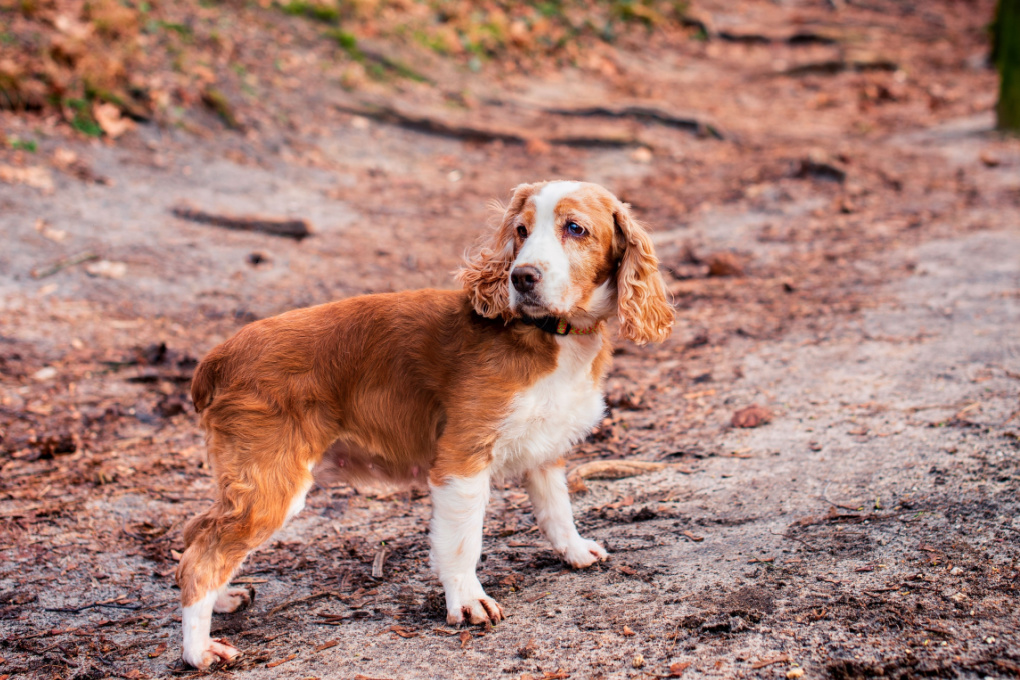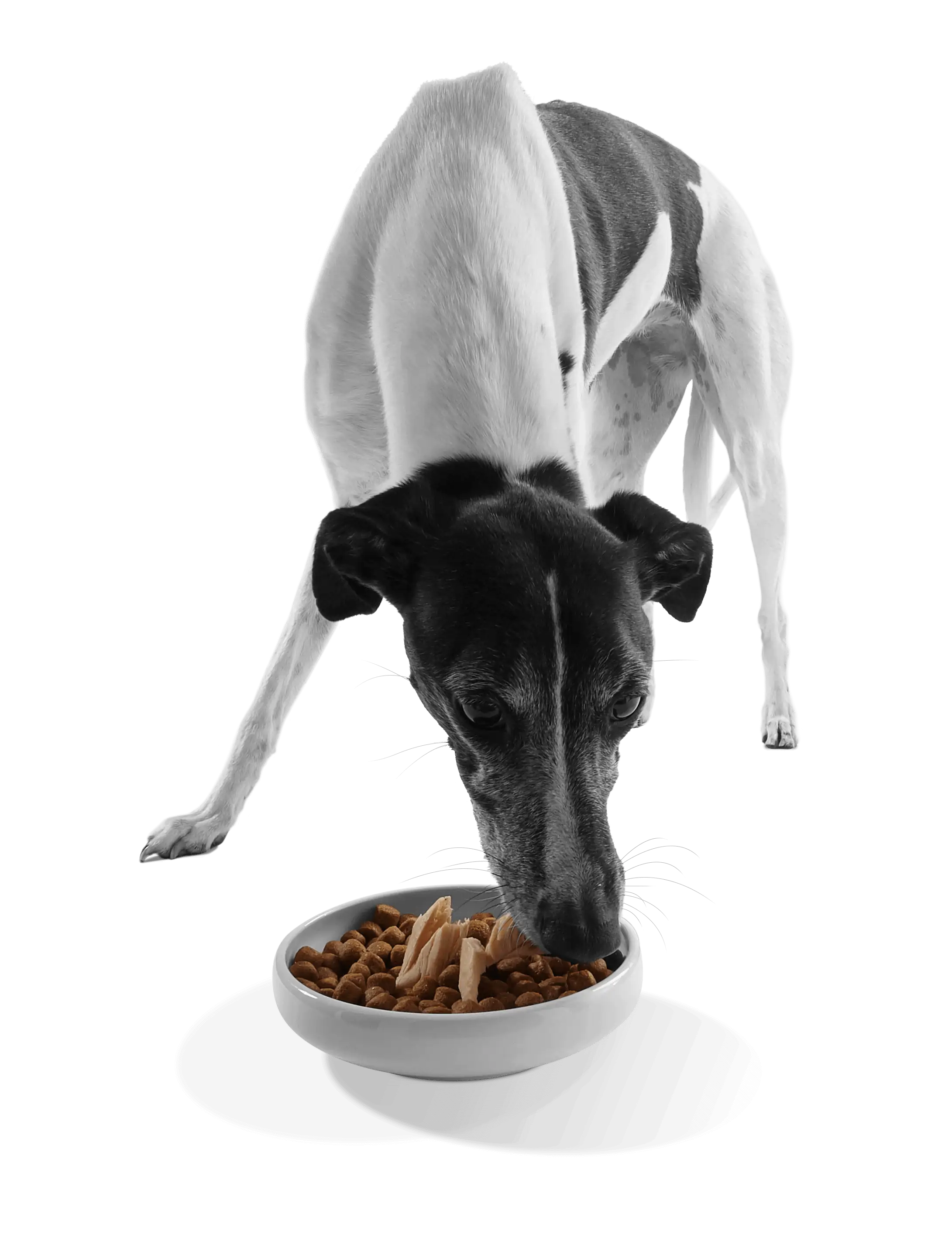Canine companions come in all shapes and sizes, just like our homes, so it’s important to ensure that one fits/suits the other.
Not all dogs will find living in an apartment easy at first, especially if their human housemate is working long hours, and they’re left to fend for themselves.
While it may take time for a particular breed to settle into their surroundings, one thing that shouldn’t take time is turning your apartment into a dog-safe haven, where they can eventually relax and unwind.
A comfortable dog bed, a collection of toys, a bone or two to chew, food and water bowls, a toilet, a radio/TV with light background sound or music, or anything else that can entertain/distract.
5 ways to keep your pet safe and happy when living in an apartment
Living in a compact, one-bedroom studio, which can often feel quite claustrophobic, isn’t for everyone. It can feel like the walls are closing in on our sensitive soldiers, so it’s imperative to find methods of banishing that feeling of imprisonment.
Dogs are expressive, many are energetic bundles of fur, and they’re always at their brilliant best when they’re happy.
So here are a few pointers to ensure that pet parents can keep them that way.
1. Exercise
If you barely have the room to shake your tail feather in the confines of an apartment, and any outdoor space isn’t directly accessible, then it’s important to stick to a regular routine of walking and/or playing. Regular exercise, out in the fresh air, is a surefire way of keeping your pup happy and healthy. A brisk walk, a fun game of fetch, or a ‘mad dash’ around a park will allow them to burn energy and let out any frustrations, which could otherwise be manifested in a deconstructive manner.
2. Safe space
Boredom is a dog’s worst enemy. And a homeowner’s. Failing to keep your curious canine’s interest spiked can be damaging to their mood, demeanour and behaviour. If they’re feeling discomfort, discontent, distress, they’re likely to take it out on your furniture or anything else in their immediate vicinity. Ensure their environment evokes the senses, keeps them occupied and makes them feel safe.
3. Routine
Walking, eating, sleeping, playing, going to the toilet, it’s all so much more satisfying for our four-legged family members when it’s structured. Dogs like their days to be planned, they like to know what to expect and when, and it’s this process that keeps their tails wagging. Sticking to a schedule also makes life easier for pet parents, who can plan walks and toilet stops for after their meal times.
4. Help
If your fur baby is cooped up in an apartment all day while you’re out earning a crust, and this is a full-time situation, then seeking daytime help could be an option. Dogs are at their happiest when they’re in the great outdoors, with the wind sweeping through their fur, and they’ve got a full field of green grass to run at. Asking a neighbour or friend to assist in your absence could keep your pet smiling.
5. Training
Acclimating your pet to their new surroundings, and easing their insecurities/uncertainties, at the earliest possible opportunity, will work wonders for them, you and your neighbours. Failing to ease their tensions could lead to unwanted behavioural traits, such as prolonged spells of barking. New sights, sounds and smells can be quite unsettling so introduce these changes in their lifestyle gradually and calmly. Having your housemate properly trained will give you both peace of mind.
Are apartments okay for medium and large dog breeds to live in?
Large breeds of dog and tight living spaces don’t generally go hand-in-hand. The logistics of such a living situation don’t necessarily suit, but you’ll be pleased to learn that size doesn’t always matter. Some breeds cope better than others in more restricted spaces, like those with less effervescence and lower energy levels. Older dogs, for example, who are quieter, calmer, and have less inclination to move around, are also likely to be unbothered. Their temperament, personality, age and agility are all factors to take into consideration.
I’m moving from a house to an apartment – will my dog adjust?
Nothing is guaranteed, especially when it comes to our often complicated canines.
The adjustment/transition period can be slow in many cases so it is important for pet parents to show patience and perseverance.
A house move is a major moment for everyone involved including our pets, who don’t always respond well to change.
A new environment filled with new and unrecognisable people, unfamiliar sounds and a different structure/routine can be a daunting prospect.
Try to slowly integrate your flatmate into their new lifestyle, make the switch as painless and as stress-free as possible.
Be sure to create their own little spot of comfort where they can relax and unwind when it all becomes a bit too much.
And introduce a structure so that they become familiarised with mealtimes and when they’re able to head out for some exercise.
Plan ahead
House moves can be incredibly overwhelming for our loveable pets – especially if their living space is being significantly transformed and/or reduced.
Everything we’ve addressed in this blog will play some part in helping your dubious dog settle into their new lives.
Comfort, regular exercise, training, sourcing daycare and setting a routine are all paramount to easing and solving their insecurities.
And, aside from considering their well-being, and endeavouring to preserve their happiness, it is also essential to introduce safety measures while you’re away.
Set up their own personal space, fill it with toys and other creature comforts, remove any potentially threatening plants, ornaments or furniture, and keep them protected.
It’s a new and unpredictable adventure for pet and parent, but with proper planning you can both thrive in your new home.
For further advice and reading you may also like:






















